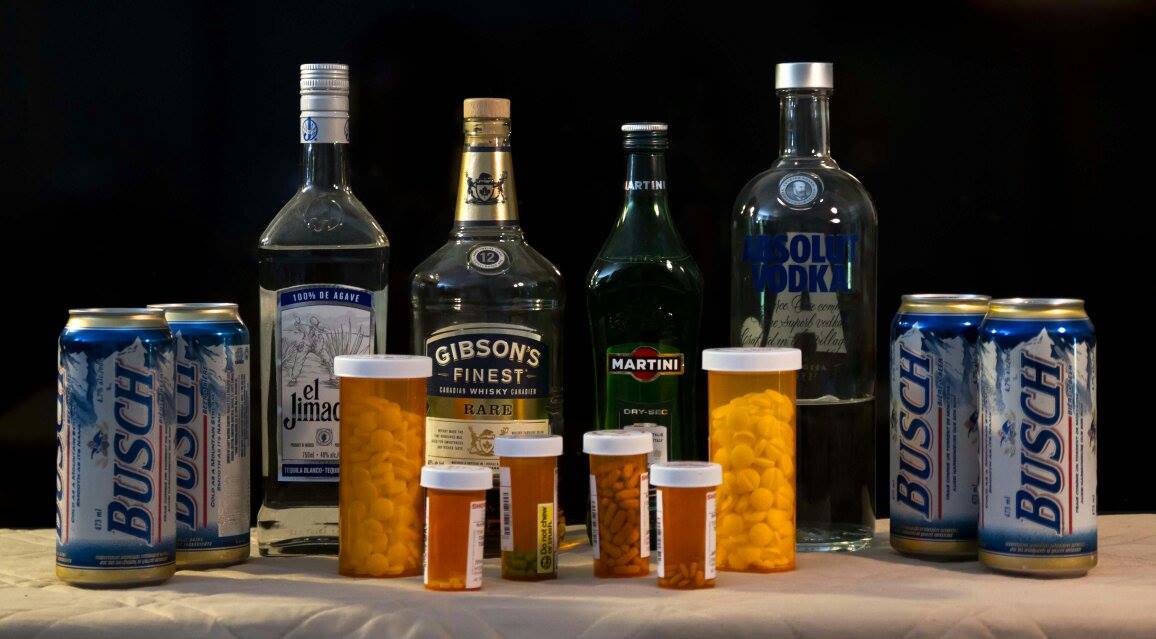Oral presentation this page. Click here.
Types of Liquor

Speaks to types of liquor, the basics of hard liquors, different types of liquor and a hard liquor list.
Liquor also known as a spirit and is a distilled liquid that contains ethanol which is produced by the distillation of fermented grain, fruit and occasionally vegetables.
Beer and wine are beverages that are not distilled and have much lower alcohol by volume. The usual highest alcohol by volume for beer and wine is 15%, which is the limit where yeast fermentation ceases.
Liquors contain no added sugar and is a minimum of 20% alcohol by volume. The most popular liquors are whisky, rum, gin, vodka, tequila and brandy.
Both liquors and liqueurs are known as spirits, with liqueur having added sugar and are sweeter to the taste.
There are various methods of consuming liquor:
The origin of "spirit" in reference to alcohol stems from Middle Eastern alchemy. These alchemists were more involved in medical elixirs than in creating gold from lead. The vapors given off and collected during some of their alchemical processes were described as being the spirits of the original object.
When processes akin to distillation were carried out by accident, alcohol was produced and the result known as a spirit. The actual process of distillation itself has not changed since the 8th century.
There have, however, been many changes in both the methods by which organic material is prepared for the still and in the ways the distilled beverage is finished and marketed.
Knowledge of the principles of sanitation and access to standard yeast strains have improved the quality of the base ingredient; larger, more efficient stills produce more product per square foot and reduce waste; ingredients such as corn, rice, and potatoes have been called into service as inexpensive replacements for traditional grains and fruit.
For tequila, the blue agave plant is used.
Chemists have discovered the scientific principles behind aging, and have devised ways in which aging can be accelerated without introducing harsh flavors. Modern filters have allowed distillers to remove unwanted residue and produce smoother finished products.
Most of all, marketing has developed a worldwide market for distilled beverages among populations which in earlier times did not drink spirits.
Return from types of liquor to homepageHard copy and E book for sale. What's Killing You and What You Can Do About It. Click here.
Hard copy and E book for sale. Introduction to Building Mechanical Systems. Click here.


